Two talks held during the Kuala Lumpur Architecture Festival 2019 by architects Eleena Jamil and Low Ewe Jin discussed the viability of bamboo as an architectural material in urban and suburban contexts.

July 5th, 2019
While a hardwood tree takes decades to cultivate, bamboo shoots one metre a day, maturing within five years requiring little maintenance. They absorb large amounts of carbon dioxide and release more oxygen than the average tree.
Dubbed as ‘green steel of the 21st century’ by Vietnamese architect Vo Trong Nghia, bamboo outperforms steel in tensile strength but is lightweight, flexible and does not require heavy machinery to handle.
Such qualities have made the wild grass ideal for building resorts in exotic destinations or disaster-prone areas.
This was a topic of interest at the Kuala Lumpur Architectural Festival 2019 themed ‘Tomorrow’. Sharing their knowledge and experiences, architects Eleena Jamil and Low Ewe Jin believe that there is still untapped potential when it comes to bamboo architecture.
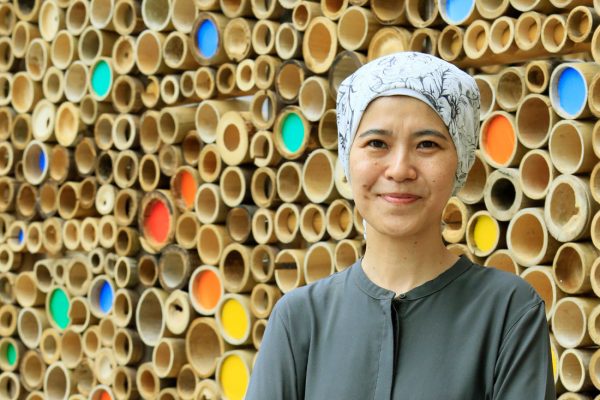
Eleena Jamil
As a relatively young industry, a lot of research, 3D-modelling and testing need to be undertaken for successful results. This was the case for Jamil’s work on the Bamboo Playhouse, the first formal bamboo structure in Malaysia, completed in 2015.
Jamil relied on meticulous sampling and loading tests to ensure structural safety as no engineer was willing to vouch for the project; the help of the native people who went into the forest to scour for the ideal bamboo, as well as craftsmen from Indonesia. The public pavilion, originally submitted as a temporary installation, continues to be a space for people to meet, play and rest today.
Despite the obvious benefits and abundant supply, bamboo is not aspirational, partly due to its association to impoverished circumstances and ability to attract insects, if poorly treated and designed.
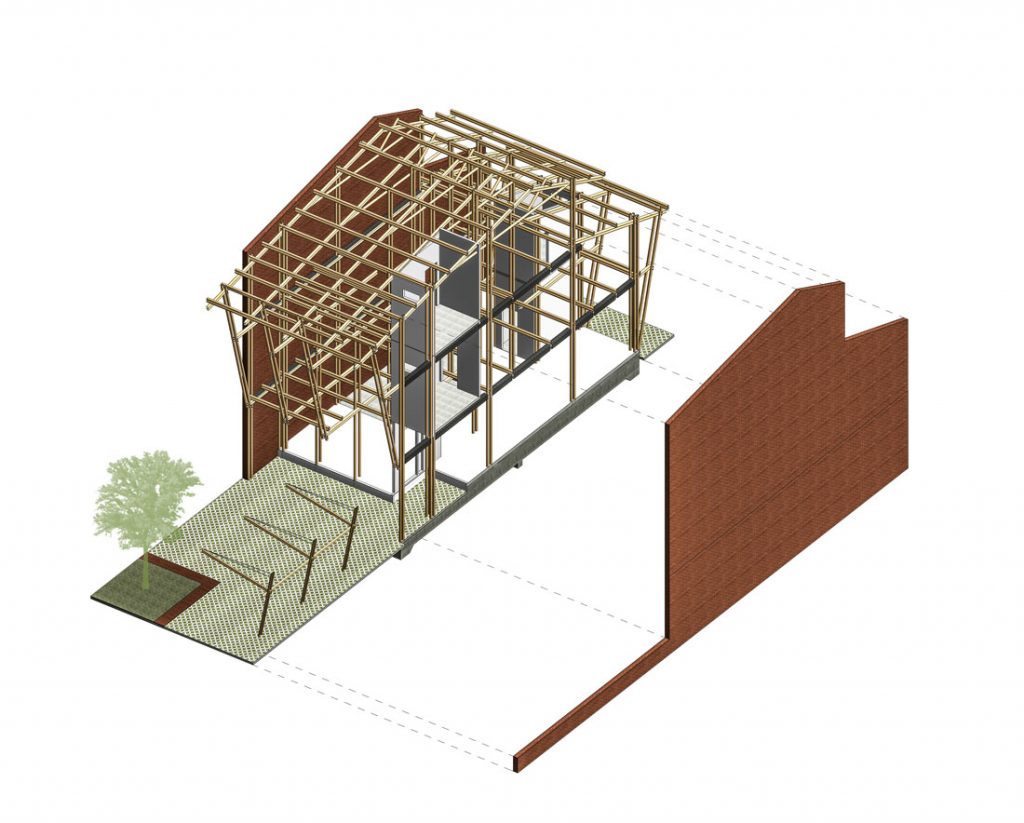
Challenging that perspective, Jamil’s eponymous studio has been working on bamboo terrace houses that are appealing and affordable to urban and suburban dwellers, perceiving bamboo as an “everyday construction material”, like steel, concrete or bricks.
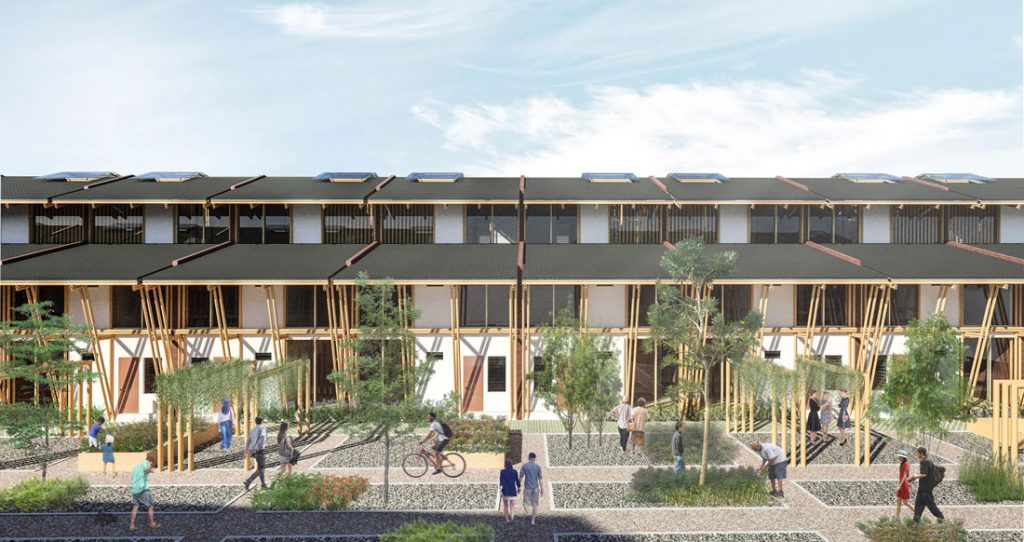
Low Ewe Jin, previously a lead architect at Bali-based bamboo architectural firm Ibuku, shared valuable know-how of working with the material, explaining the various species, treatments and how bamboo can be drilled, tied, weaved, bundled, bent or fanned out.
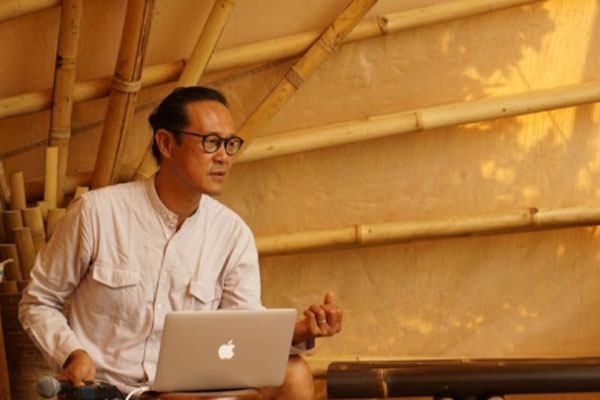
Low Ewe Jin
He believes that bamboo architecture can go as tall as ten storeys and last a lifetime if harvested, treated, designed and built well. Raising bamboo structures off the ground and opting for overhanging roofs to protect the material from the elements are examples of best practices.
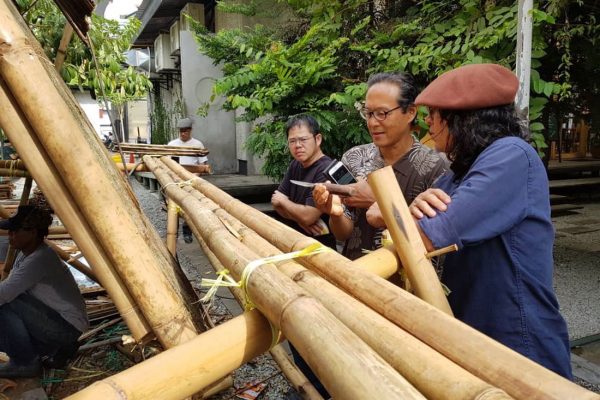
When asked about the lack of bamboo in urban spaces, Low explains: “The main issue with bamboo now is compliance. There is nothing [about bamboo] in the building code,” he says.
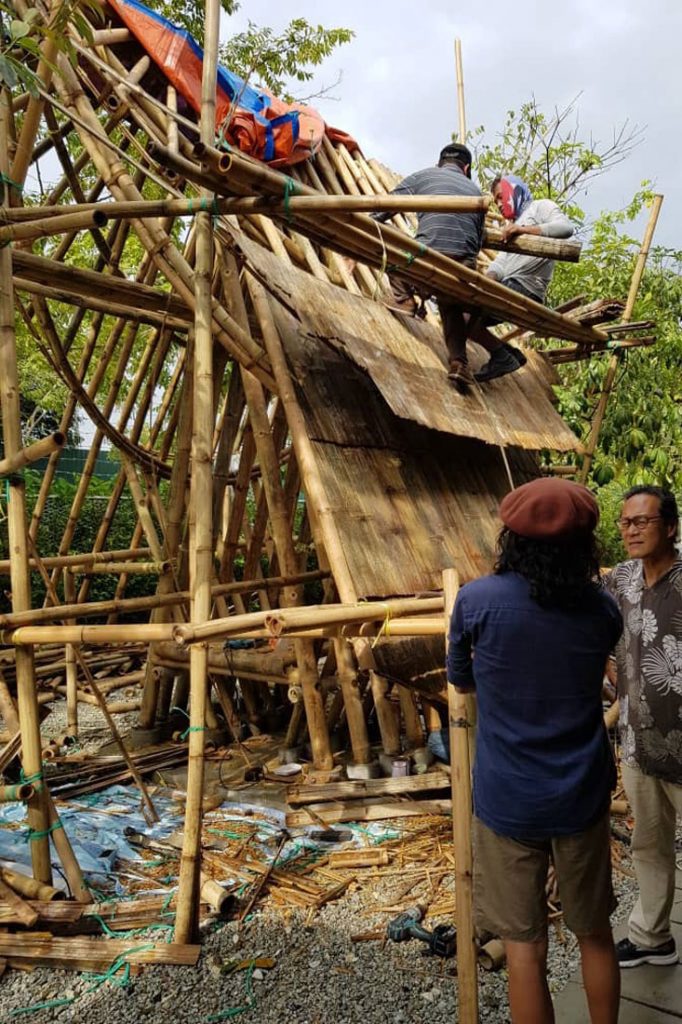
INDESIGN is on instagram
Follow @indesignlive
A searchable and comprehensive guide for specifying leading products and their suppliers
Keep up to date with the latest and greatest from our industry BFF's!

How can design empower the individual in a workplace transforming from a place to an activity? Here, Design Director Joel Sampson reveals how prioritising human needs – including agency, privacy, pause and connection – and leveraging responsive spatial solutions like the Herman Miller Bay Work Pod is key to crafting engaging and radically inclusive hybrid environments.

Gaggenau’s understated appliance fuses a carefully calibrated aesthetic of deliberate subtraction with an intuitive dynamism of culinary fluidity, unveiling a delightfully unrestricted spectrum of high-performing creativity.
The new range features slabs with warm, earthy palettes that lend a sense of organic luxury to every space.

It’s widely accepted that nature – the original, most accomplished design blueprint – cannot be improved upon. But the exclusive Crypton Leather range proves that it can undoubtedly be enhanced, augmented and extended, signalling a new era of limitless organic materiality.

Reinvigorating its local Angsila economy, this pavilion in Thailand becomes a floating restaurant where fishermen and visitors can select and eat their own oysters. No wonder it won The Influencer award at INDE.Awards!

Insight Body and Mind, a new multidisciplinary studio focused on holistic wellbeing in Melbourne, offers a sensory design experience. It is the place to go to review, revitalise, regenerate and refresh – all in the most beautiful surroundings.
The internet never sleeps! Here's the stuff you might have missed
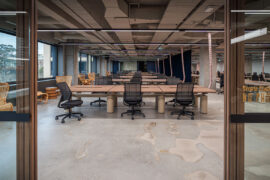
The client’s brief was clear: create an environment that honoured FIN’s heritage while embracing its future. For Intermain, that meant rejecting the idea of the corporate, “boring” office and instead leaning into a space that would inspire, connect, and surprise.
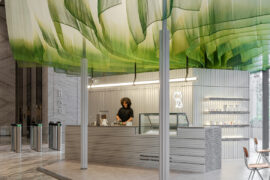
Spacemen Studio foregrounds fabric and colour in a hospitality project inspired by the ritual preparation of matcha.